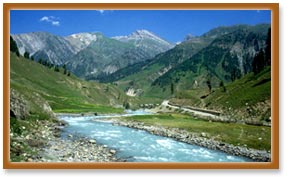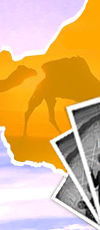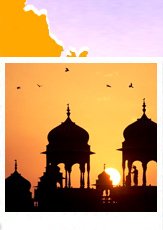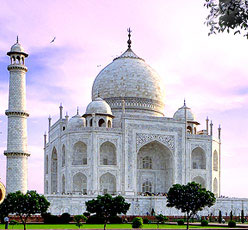 The highlands of Ladakh is one of the most sparsely populated ones in the whole world with just two people per sq km. Yet, its valleys have such a treasure box of wonders of their own that we thought it best to present the main features of all the major valleys of Ladakh for the benefit of our readers. Dras Valley known for its Brokpas, Nubra Valley, better known as the orchard of Ladakh, Rupshu Valley with its salt water lake, Shyok Valley with the river of death, Suru valley with its snowfalls are not the only notable regions of Ladakh. We have caught just a glimpse of these wonderlands below, for the tourists considering Ladakh as their next destination:
The highlands of Ladakh is one of the most sparsely populated ones in the whole world with just two people per sq km. Yet, its valleys have such a treasure box of wonders of their own that we thought it best to present the main features of all the major valleys of Ladakh for the benefit of our readers. Dras Valley known for its Brokpas, Nubra Valley, better known as the orchard of Ladakh, Rupshu Valley with its salt water lake, Shyok Valley with the river of death, Suru valley with its snowfalls are not the only notable regions of Ladakh. We have caught just a glimpse of these wonderlands below, for the tourists considering Ladakh as their next destination:Drass Valley
A charming valley buzzing with human life centered on the Drass River, Dras Valley has a short summer season. Dras River originates in the Machoi glacier situated near the so-famous Zozila Pass (the gateway to Himalayas) and is joined by many other rivers and stram along its course.
Nubra Valley
Relatively warmer region in Ladakh, fruits and better crops grow in Nubra making it 'Ldumra' or 'the orchard' of Ladakh. Beautiful to the core, early summer is a season of wild pink and yellow roses in the Nubra Valley while lavender is the color of the Nubra environs in August.
Suru Valley
About 3000 m high, Suru valley has very harsh winters with frequent and heavy snowfalls ranging from mid-November to May, enwrapping it in thick layers of snow. Suru River rising from the Panzella glacier flows through it. Many tributaries join it on its way including two mighty rivers such as Dras River and Indus River.
Rangdum Valley
Situated 3657 m above the sea level, Rangdum Valley is situated at the remotest and most isolated region the Suru valley. At one of its sides are the colorful hills while on the other side are rocky mountains and glaciers. Midway between Kargil and Padum (Zanskar), it is a popular night stay for the trekkers to Padum.
Salt Lake Valley
Situated 5000 m above the sea level and one of the widest open areas of the Rupshu region; it is a small valley about 20 km long and 7 km wide. One can reach the valley from Leh by passing through Tanglang La pass. The main settlement area of the valley is known as Thuggi. It is so named because of its two lakes - the smaller fresh water lake is known as Panluk Lake while the larger salt-water lake, which is five times larger, is known as Tsokar Lake. There are impure salt deposits that can be found to the north of the salt-water lake. Changpas collect these deposits and barter them with goods from other regions of Ladakh.
Shyok Valley
Known mainly because of Shyok River, which means the river of death, it was probably so named by the Central Asian merchants who ventured through this route and perished or barely survived. The river rises from the Khumdang glacier and Nubra and Changchenmo rivers join it in its course. In winters, river freezes to form an ice path between Khaplu and the Nubra valleys but in summers, as the snow melts, it often overflows its banks, flooding the vast areas of the surrounding and even creating a vast marsh.









